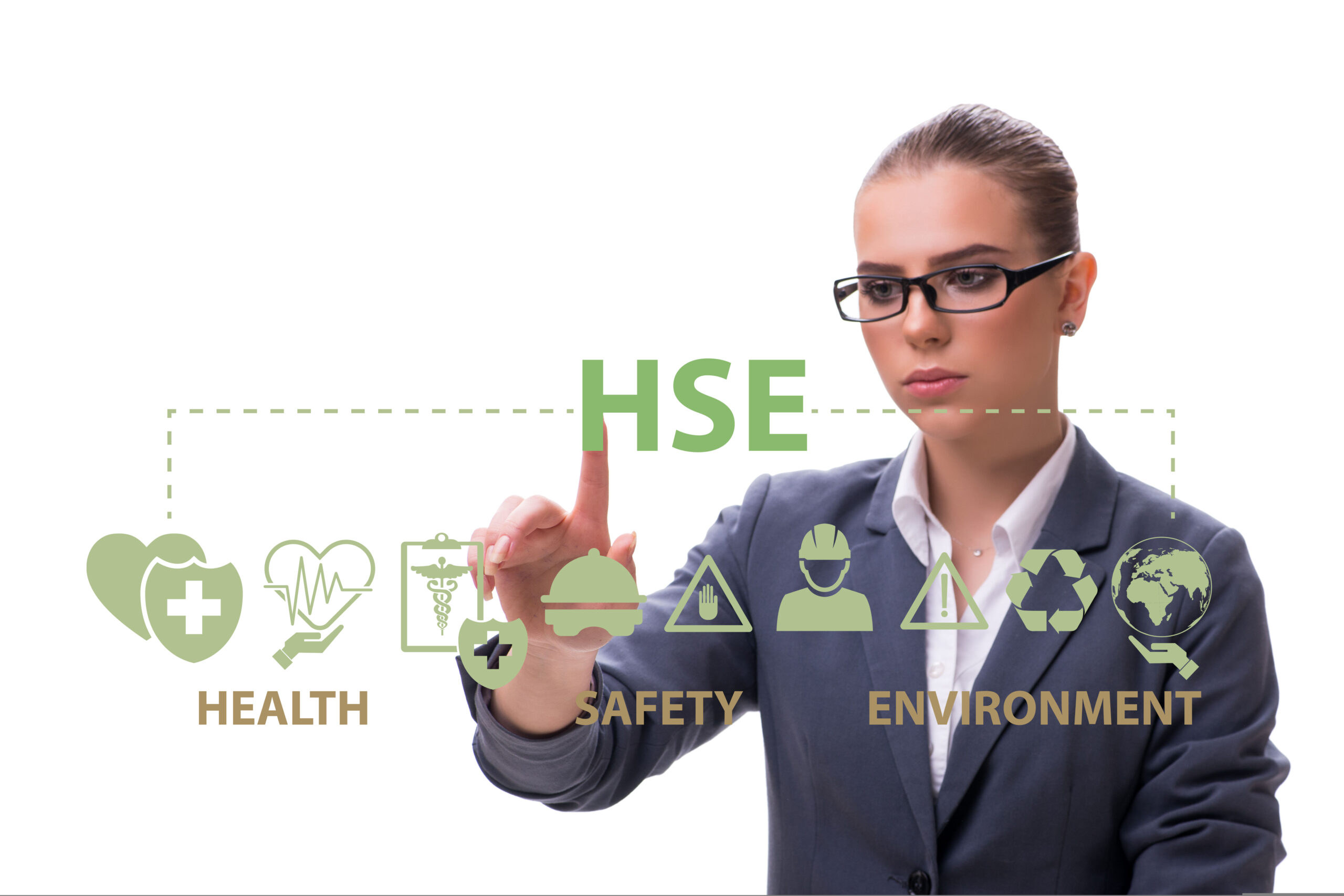Traditionally, much of the focus of EHS has been on physical wellbeing and health. These days, studies are showing psychological safety can have a significant impact on the culture in a work environment.
When employees show up to work there is an expectation that they will be safe in their surroundings and can do their job without threat of physical harm or injury. Making sure that they feel safe in their environment is critical to efficient and focused work. Recently, there has been more attention paid to the idea of “psychological safety” and wellbeing in the workplace, largely stemming from increasing concern about the conditions that prevent employees from reaching their full potential due to feelings of insecurity in their workplace.
What does the term psychological safety refer to?
Amy Edmondson of Harvard Business School is credited with originating the term psychological safety when referring to “a shared belief that the team is safe for interpersonal risk-taking.” In a workplace setting this means that each individual trusts the others in their group enough to share ideas and observations without threat of negative consequences for their candor. Whether perceived or realistic, these negative consequences can cover a wide spectrum of severity, from the threat of getting fired to more subtle feelings of shame or embarrassment.
Why is psychological safety important in the workplace?
- Encouraging honesty in communication.
A workplace culture with psychological safety means that employees can focus on the tasks set to them and fully commit to solving problems rather than worrying about self-preservation and saving face in front of peers. The ability to be open and honest about having encountered a process that is not understood or may require additional resources (or having made a mistake) allows for a quicker and more direct pathway to correcting the issue. Psychological safety encourages clarity and honesty in communication.
- Allowing creative solutions to flourish.
The more that employees feel that they can experiment and share new ideas, the greater the potential for creative solutions. People feel more comfortable collaborating with their peers and expressing innovative ideas when they are sure they will be supported and rewarded for their willingness to take part.
- Creating a sense of comradery and empathy.
When employees feel psychologically safe, they are more likely to feel connected to those that they work with and their experience in the workplace is greatly improved. While the aim of working is to accomplish certain goals together, enjoying the company of coworkers and having a sense of belonging within the organization provides value to employees and increases the likelihood of engagement and productivity.
How can companies create greater psychological safety for their employees?
The main way that leaders within a company can foster a sense of psychological safety is by modeling behaviors that convey respect for and curiosity about fellow employees. Establishing trust and mutual respect across all levels of an organization is a crucial first step to changing the behavioral norms within a company culture. It may not happen overnight, as trust is built over time. However, this process is expedited when team members learn that they can communicate freely. Actively seeking opinions from those who appear hesitant to share, listening to what employees have to say, and allowing the chance to implement sound ideas that are brought to the table, are all ways in which individuals can be acknowledged and encouraged to share.
Prioritizing psychological safety in the workplace has the potential to strengthen relationships amongst employees, create efficiency, and improve innovation. It is an aspect of EH&S that is a worthwhile investment, benefitting every aspect of how a business operates.
Author Bio
The SafetyStratus Research Advisory Group (RAG) brings together thought leaders from the global environmental, health, and safety community to promote best practices and provide key insights in the profession and the industries they serve. The Research Advisory Group also advocates, where practical, the intersection of and advances with the use of technology, such as the SafetyStratus enterprise EHS software platform. Group membership consists of representatives from across varied disciplines and market sectors as well as select members of the SafetyStratus team.
The primary objectives of the SafetyStratus RAG partnership are to:
- Build a strategic partnership between EHS practitioners and the SafetyStratus team.
- Provide engaging and practical content to the global EHS community.
- Provide discipline and market feedback specific to SafetyStratus products and services.
While the objectives of the RAG are varied, the primary public-facing outcome will be available through engaging and practical content found on the SafetyStratus resource pages. Various articles, papers, and other valuable resources will be produced and shared as part of an ongoing effort to cultivate a robust community. Ultimately, the SafetyStratus RAG will expand to have a broader reach and provide opportunities for more inclusion by all interested EHS professionals in a collaborative community environment.



